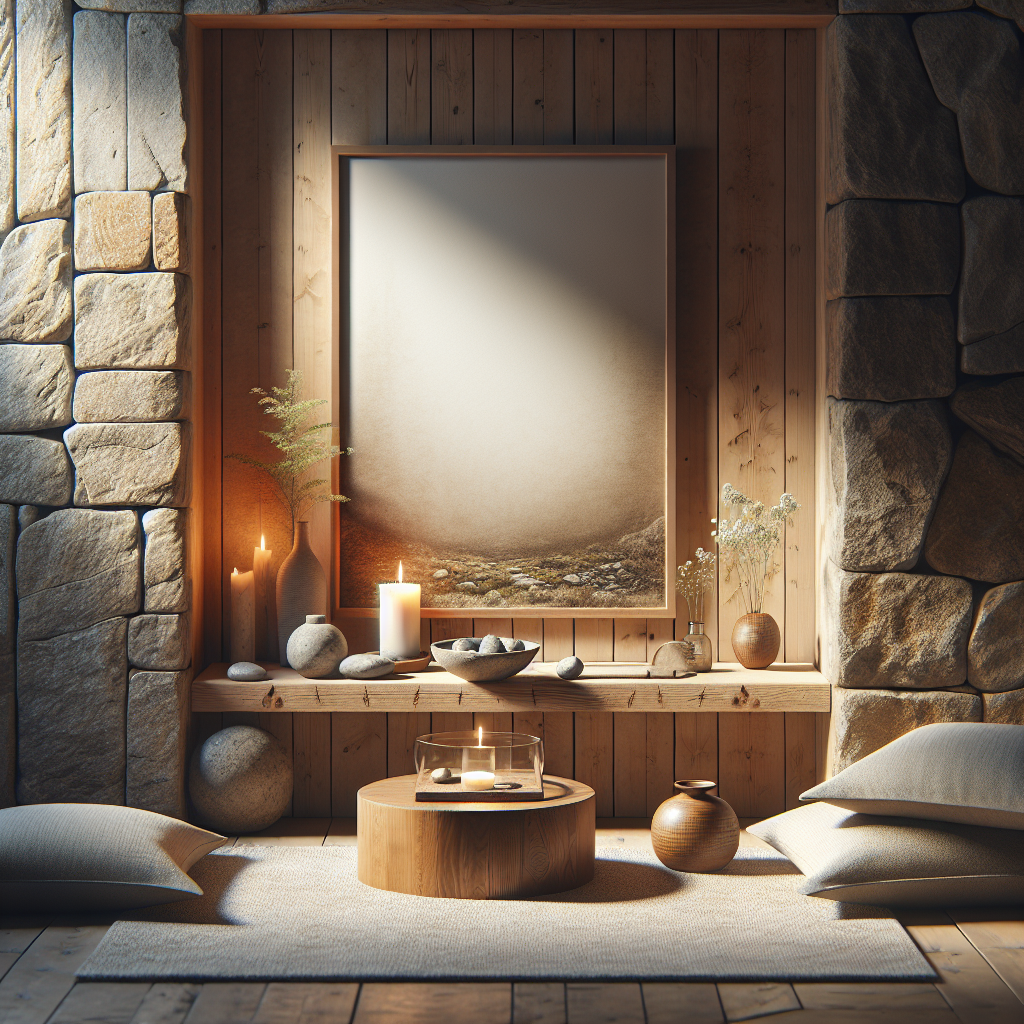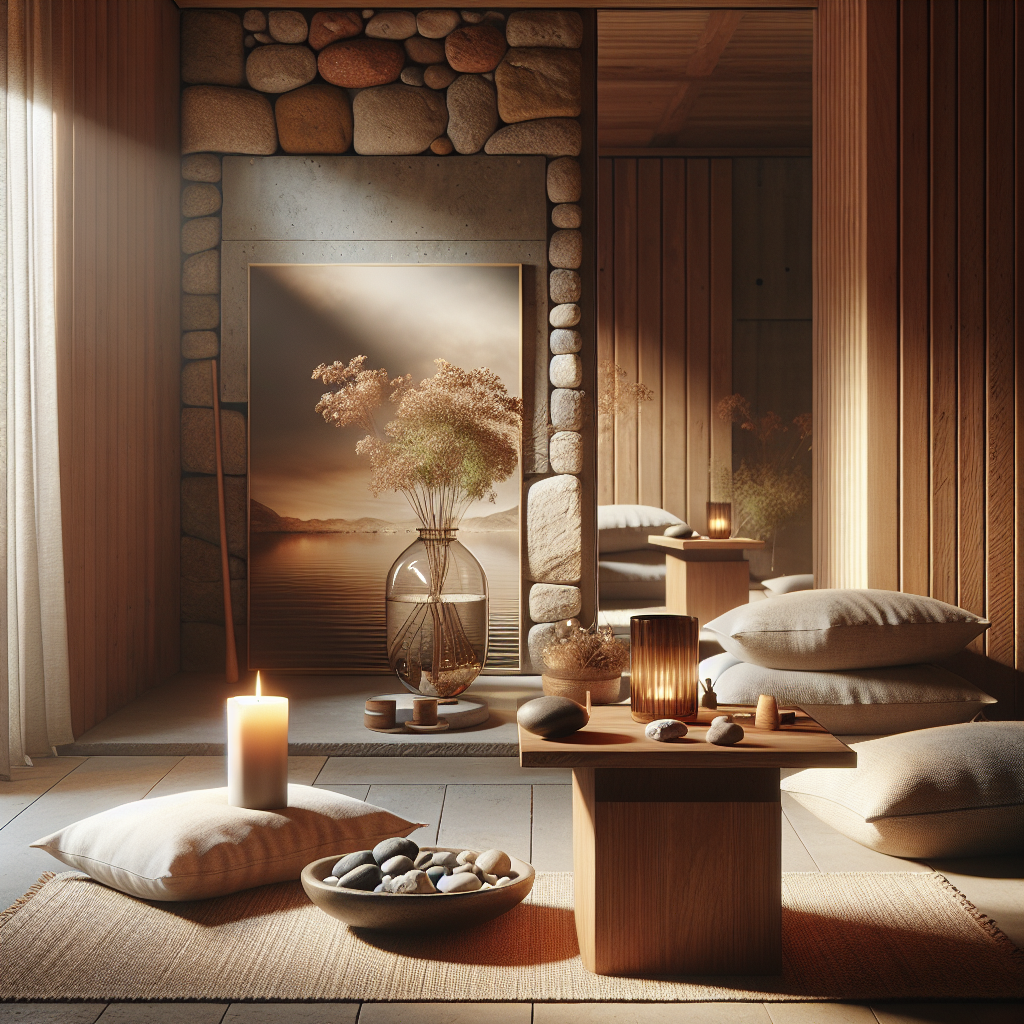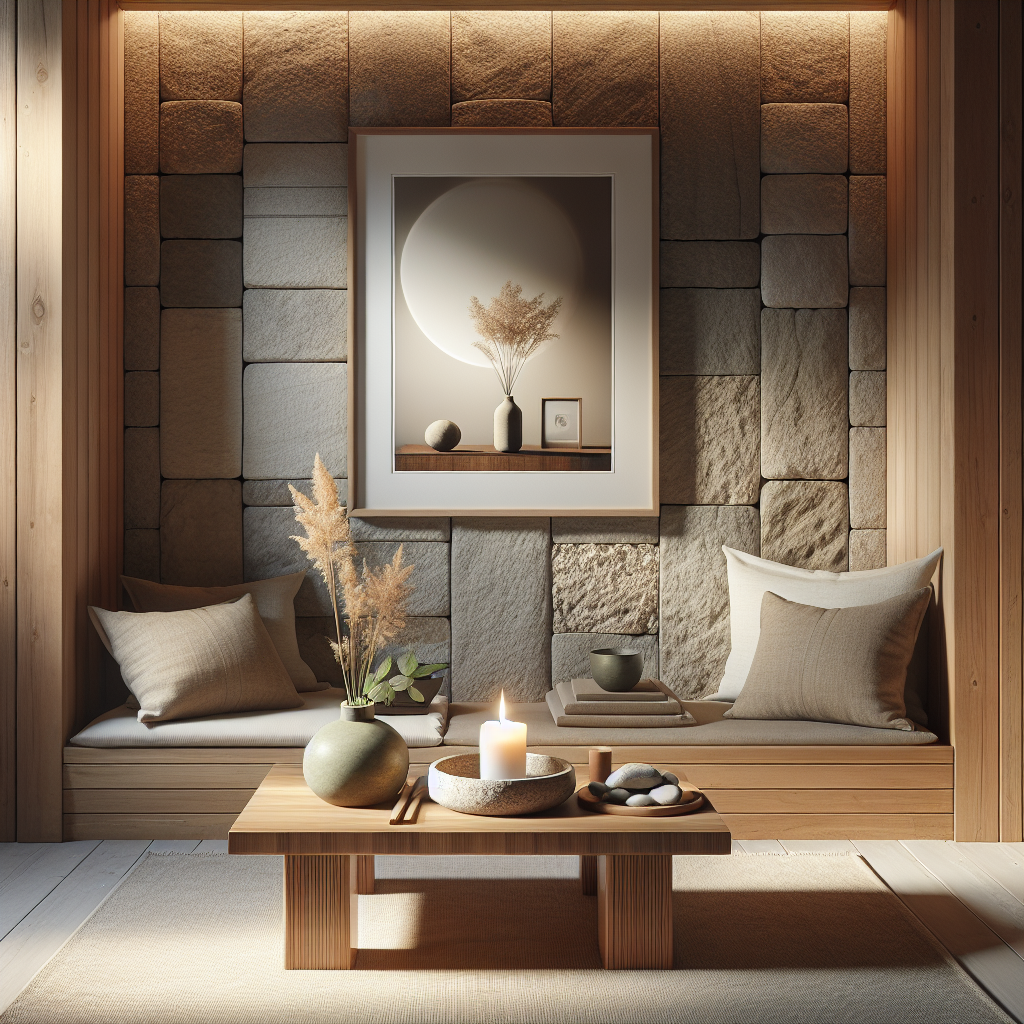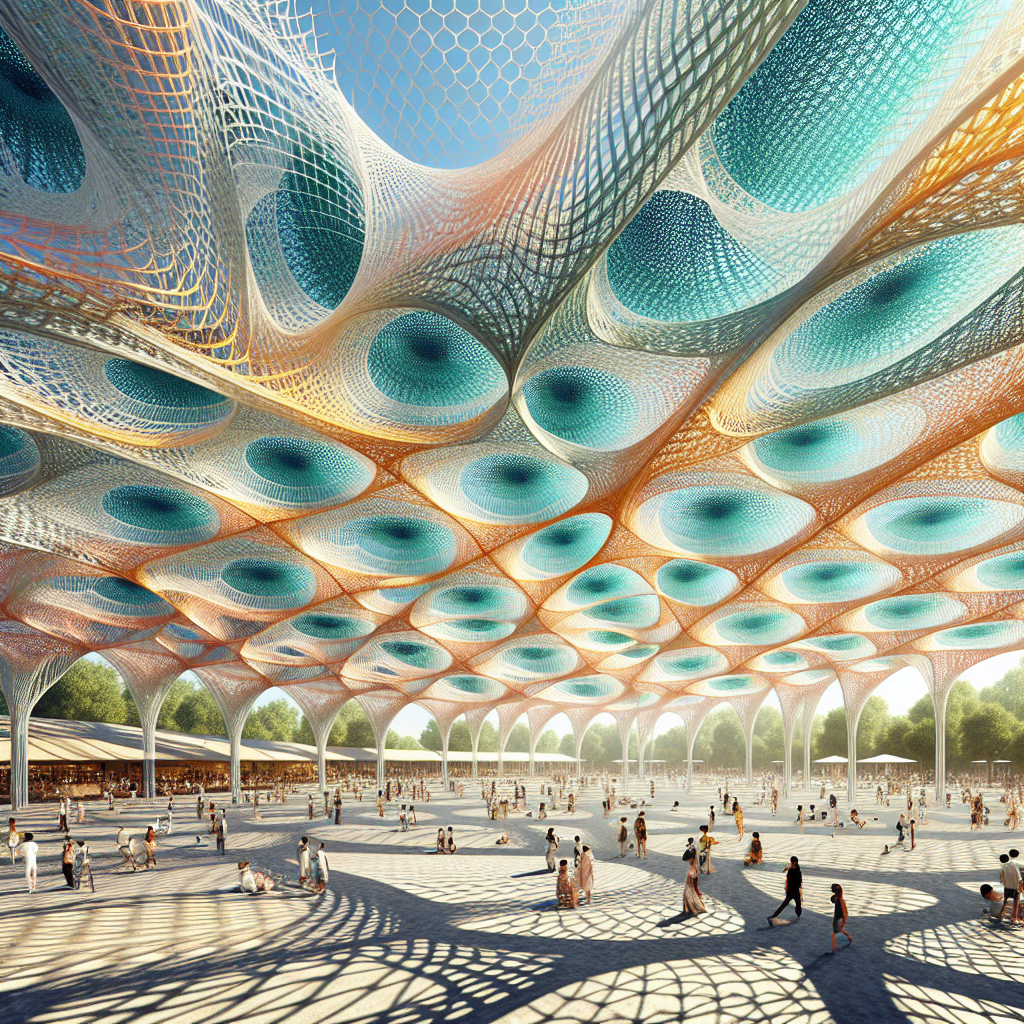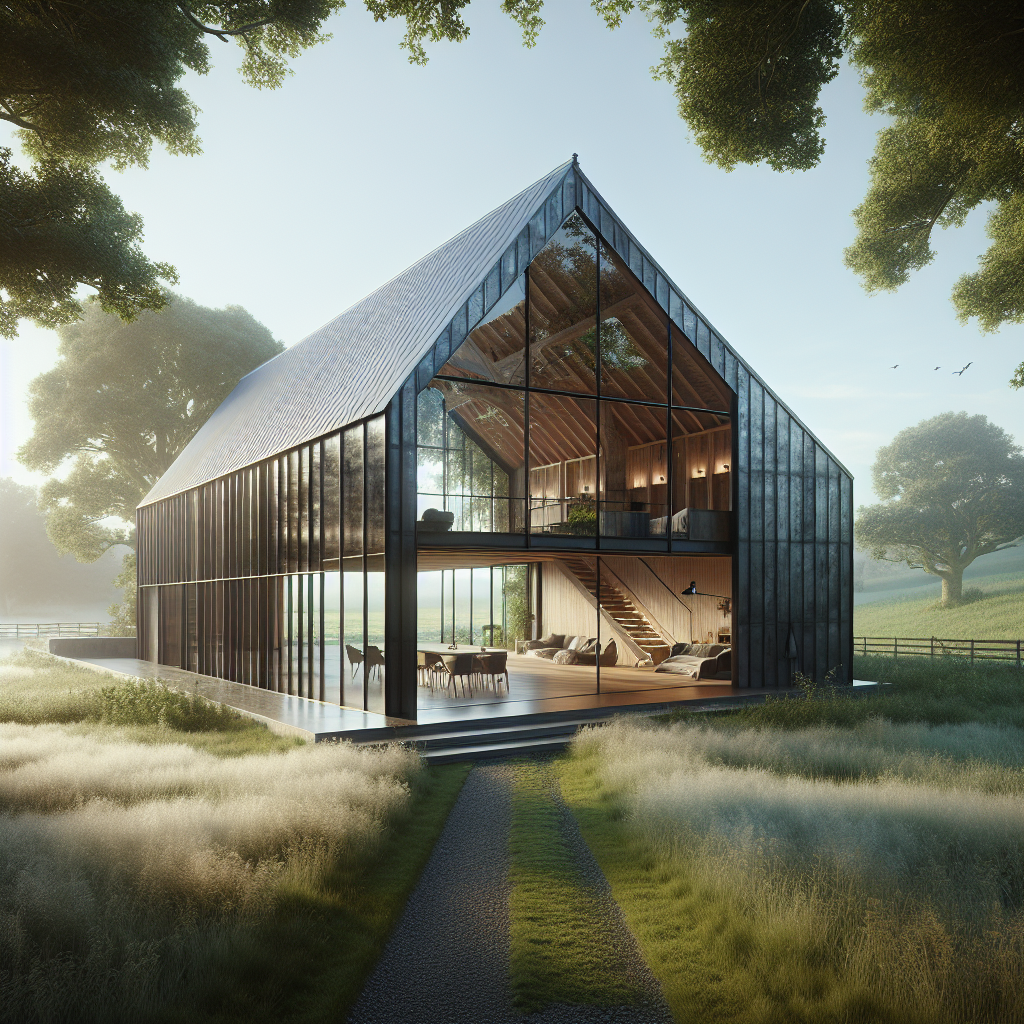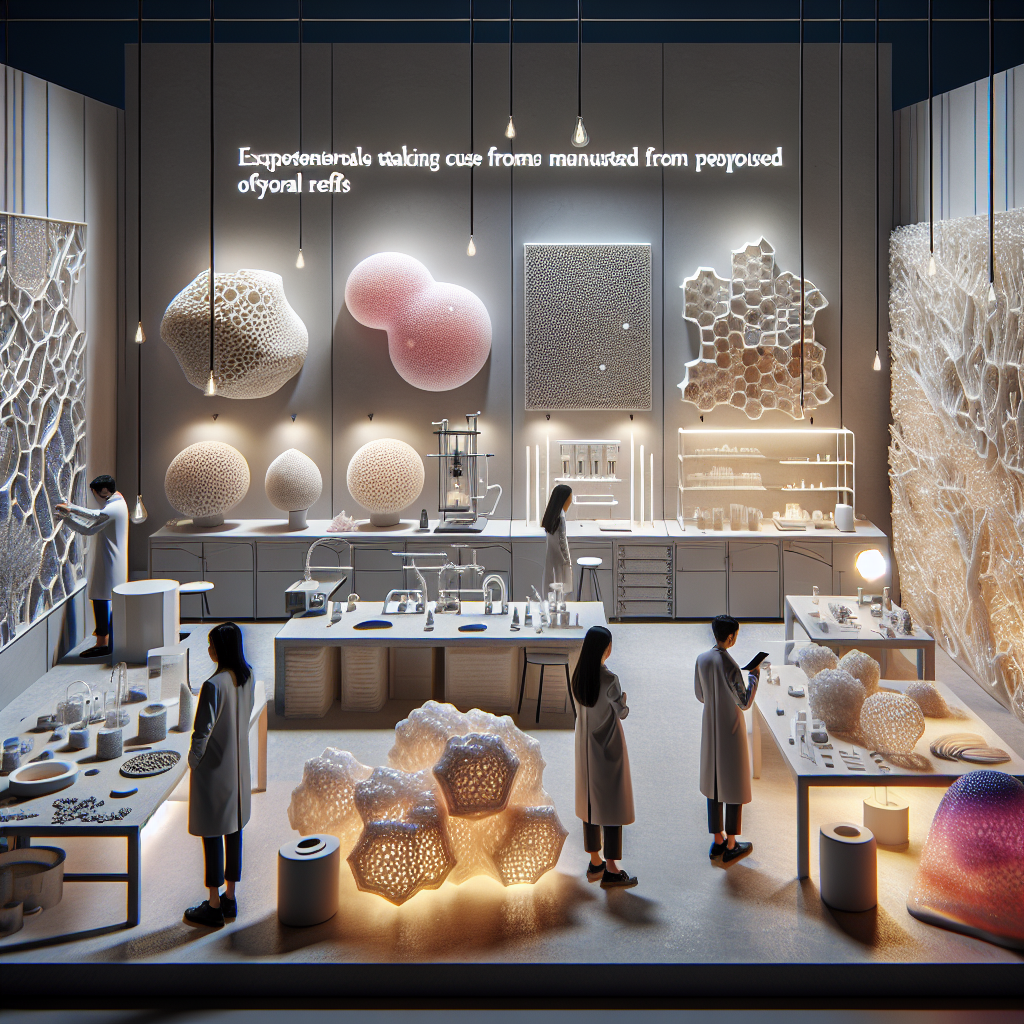Ceremonial architecture for everyday life: mini altars and reflection zones in homes
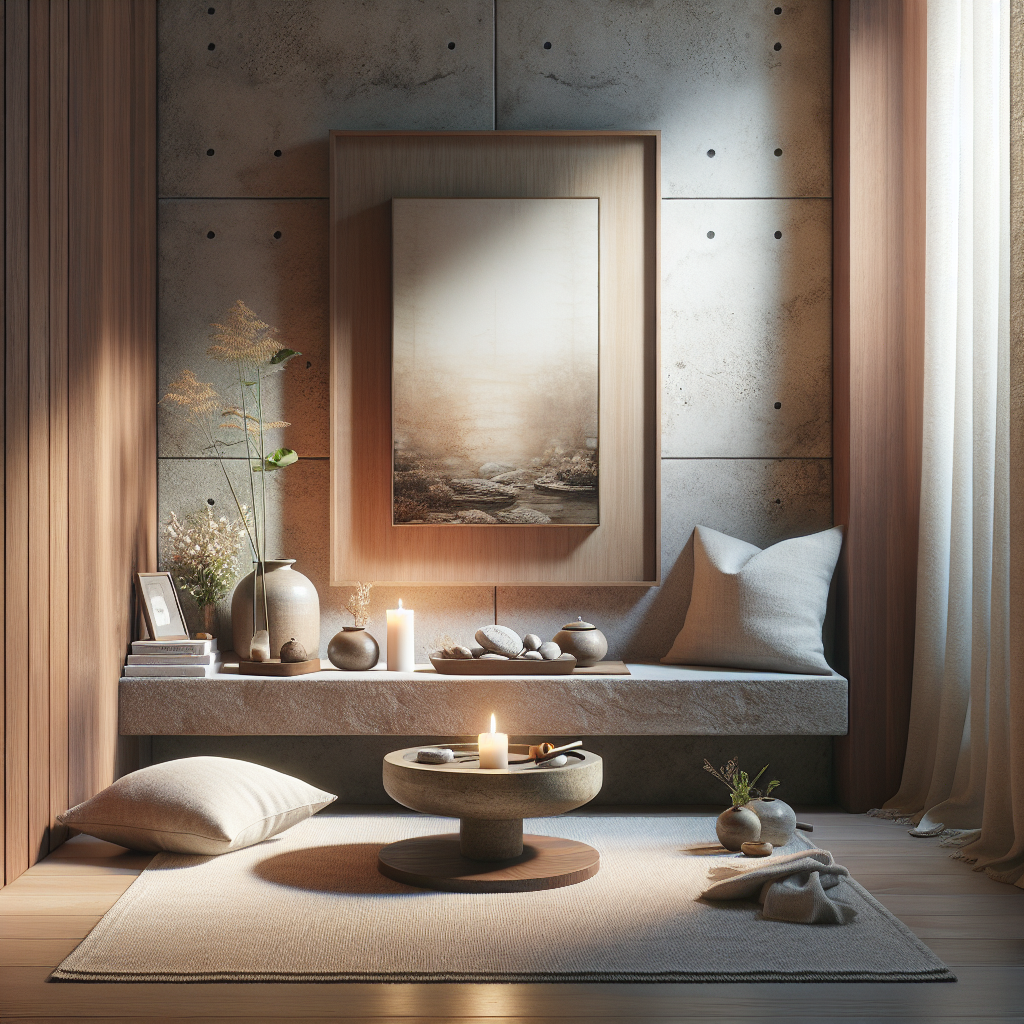
Ceremonial Architecture for Everyday Life: Mini Altars and Reflection Zones in Homes
In a world increasingly defined by acceleration, distraction, and overstimulation, architecture and interior design are rediscovering the power of stillness. The home—once primarily a site of shelter and function—is evolving into a sanctuary for ritual, mindfulness, and reflection. Designers and architects are weaving ceremonial architecture into domestic spaces, creating mini altars and reflection zones that invite moments of pause. These intimate interventions, often subtle yet profoundly symbolic, are reshaping how we conceive of the private sphere in the 21st century.
The Rise of Ritual in Contemporary Design
Historically, architecture has always been intertwined with ritual. From the Greek temple to the Shinto shrine, built environments have long been designed to frame acts of devotion and contemplation. Today, this tradition is re-emerging in the domestic context. Instead of monumental temples, we are seeing the rise of micro-ritual spaces—small, intentional corners within homes that serve as altars, meditation nooks, or zones for personal reflection.
According to a 2023 report by the Global Wellness Institute, the wellness economy has surpassed $5.6 trillion, with home design playing a critical role in shaping mental and emotional well-being. This dovetails with the growing influence of biophilic design, which emphasizes the integration of natural elements to foster calm and balance. Reflection zones and mini altars extend this ethos, providing not just sensory relief but also symbolic grounding.
Mini Altars: The Personal Temple
Mini altars are not necessarily religious in nature. They can be secular, spiritual, or entirely personal—curated assemblages of objects that hold meaning. A sculptural candleholder, a ceramic bowl filled with stones collected from travels, a framed photograph, or a single flower in a vase: these elements become anchors of intention. The altar, in this sense, is a microcosm of identity and memory, a curated tableau that transforms a corner of the home into a site of reverence.
Designers are increasingly exploring how these altars can be integrated into contemporary interiors. In minimalist apartments, they might take the form of a recessed wall niche illuminated by a soft LED glow. In larger homes, they could be freestanding furniture pieces—crafted from stone, wood, or glass—that serve as both sculptural statement and contemplative focus. This trend echoes the broader revival of wabi-sabi aesthetics, where imperfection and intimacy are celebrated over grandiosity.
Reflection Zones: Architecture of Pause
While altars emphasize symbolic curation, reflection zones are about spatial experience. These are areas designed for retreat within the home—spaces that encourage slowing down, disconnecting, and reconnecting with oneself. They may be as simple as a window seat overlooking a garden, or as elaborate as a dedicated meditation room with acoustic insulation and natural light modulation.
Architects are increasingly experimenting with spatial cues that foster introspection. Curved walls, lowered ceilings, and filtered light create a sense of enclosure and intimacy. Materials play a critical role: raw stone, textured plaster, and warm timber surfaces invite tactile engagement, while natural fabrics soften acoustics. These elements resonate with the principles of mindful design, where the built environment is intentionally crafted to support psychological well-being.
Case Studies: Domestic Ritual in Practice
Several recent projects illustrate how ceremonial architecture is finding its way into homes:
- Tokyo Micro-Temples: In dense Japanese cities, architects are designing compact meditation alcoves within micro-apartments. These often feature tatami mats, shoji screens, and low wooden platforms that double as both seating and altar space.
- Scandinavian Reflection Rooms: Nordic architects, drawing on traditions of sauna and hygge, are creating quiet rooms within homes that are stripped of digital distractions. These spaces often employ pale woods, soft textiles, and indirect lighting to foster serenity.
- Urban Loft Niches: In New York and London lofts, designers are carving out niches within otherwise open-plan layouts. These niches, lined with bookshelves or textured walls, become intimate sanctuaries for reading, journaling, or quiet contemplation.
Designing for the Everyday Sacred
The appeal of mini altars and reflection zones lies in their ability to make the sacred accessible. Unlike monumental architecture, which requires pilgrimage, these domestic interventions bring ritual into the rhythms of daily life. Lighting design is crucial: dimmable fixtures, candlelight, and natural daylight modulation all contribute to atmosphere. Materiality is equally important—stone conveys permanence, wood warmth, and glass transparency.
Some designers are even experimenting with augmented reality overlays that allow homeowners to project shifting digital imagery—such as forests, water, or celestial skies—onto their reflection zones, blending ancient ritual with contemporary technology.
The Future of Ceremonial Domesticity
As homes continue to evolve in response to global uncertainty, climate anxieties, and digital saturation, the demand for architectural sanctuaries within domestic environments will only grow. The pandemic accelerated the desire for homes that nurture not just the body but also the spirit. Architects and designers are responding by embedding ritualistic cues into layouts, materials, and furnishings.
This movement also intersects with sustainability. By designing spaces that encourage mindfulness, reflection, and intentional living, architects contribute to a culture of slower consumption and deeper appreciation of material environments. The rise of timber architecture and natural materials in interiors underscores this shift toward authenticity and ecological sensitivity.
A New Language of Domestic Architecture
What we are witnessing is the emergence of a new architectural language—one that blends ritual, intimacy, and design innovation. Mini altars and reflection zones are not decorative afterthoughts; they are becoming integral to how we imagine the home of the future. They remind us that architecture is not only about efficiency or aesthetics but also about cultivating meaning.
For design professionals, this presents both a challenge and an opportunity: how to translate the monumental qualities of ceremonial architecture into the scale of everyday life. The answer lies in crafting spaces that honor stillness, embrace symbolism, and invite personal ritual—an architecture of pause in an age of acceleration.
In this sense, the home becomes more than a shelter. It becomes a personal temple, a stage for the rituals that sustain us, and a canvas for the intimate ceremonies of daily living.
By embedding mini altars and reflection zones into domestic design, architects are not just shaping interiors—they are shaping the very way we experience time, presence, and meaning within our homes.
